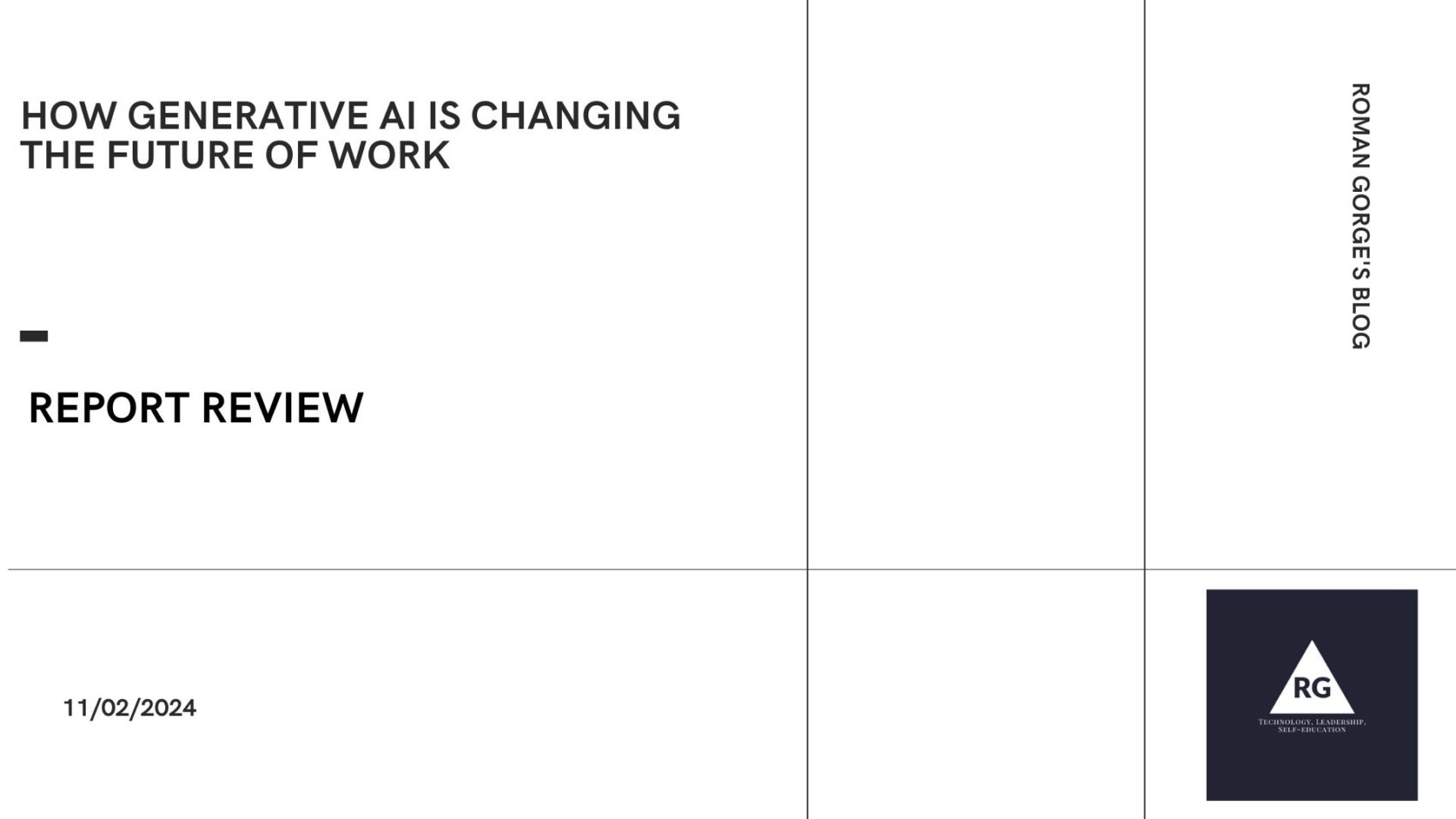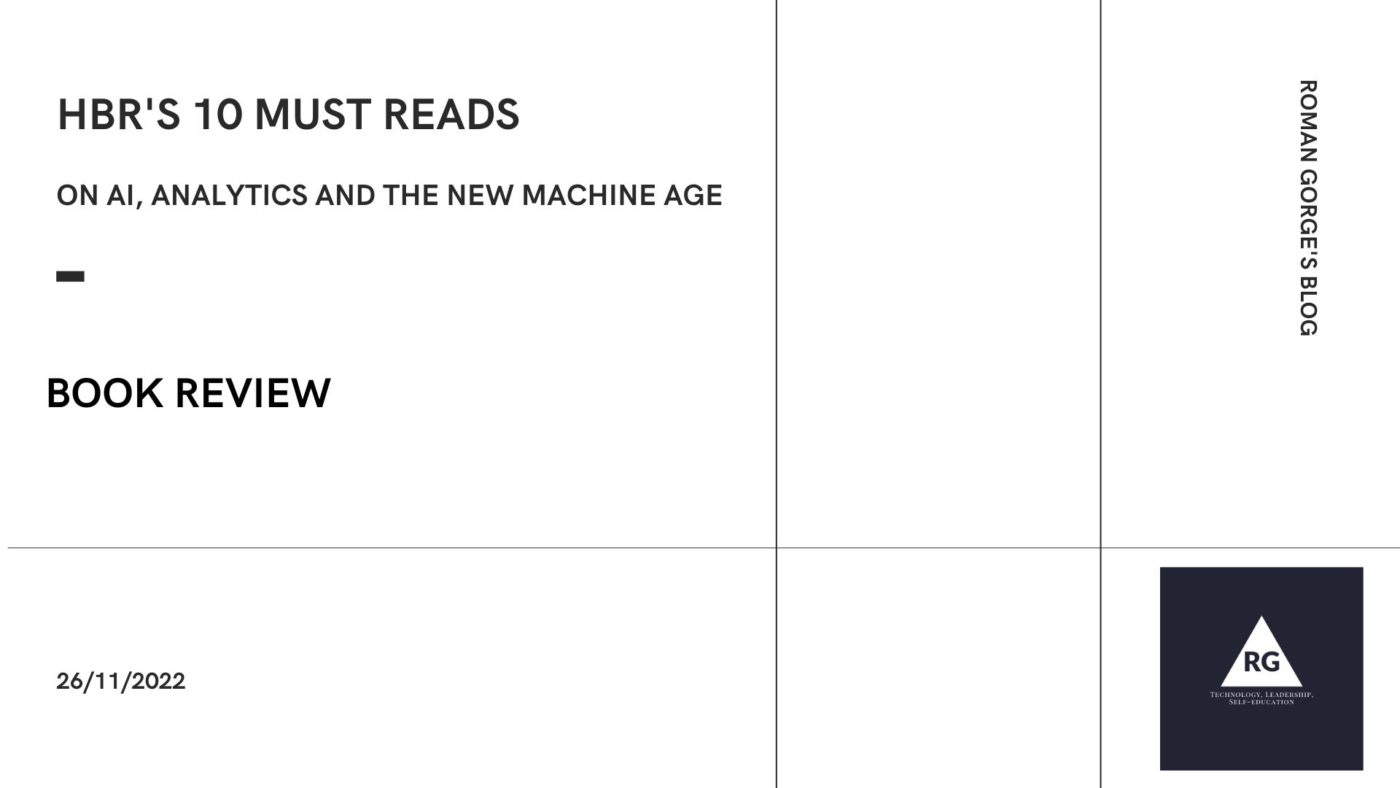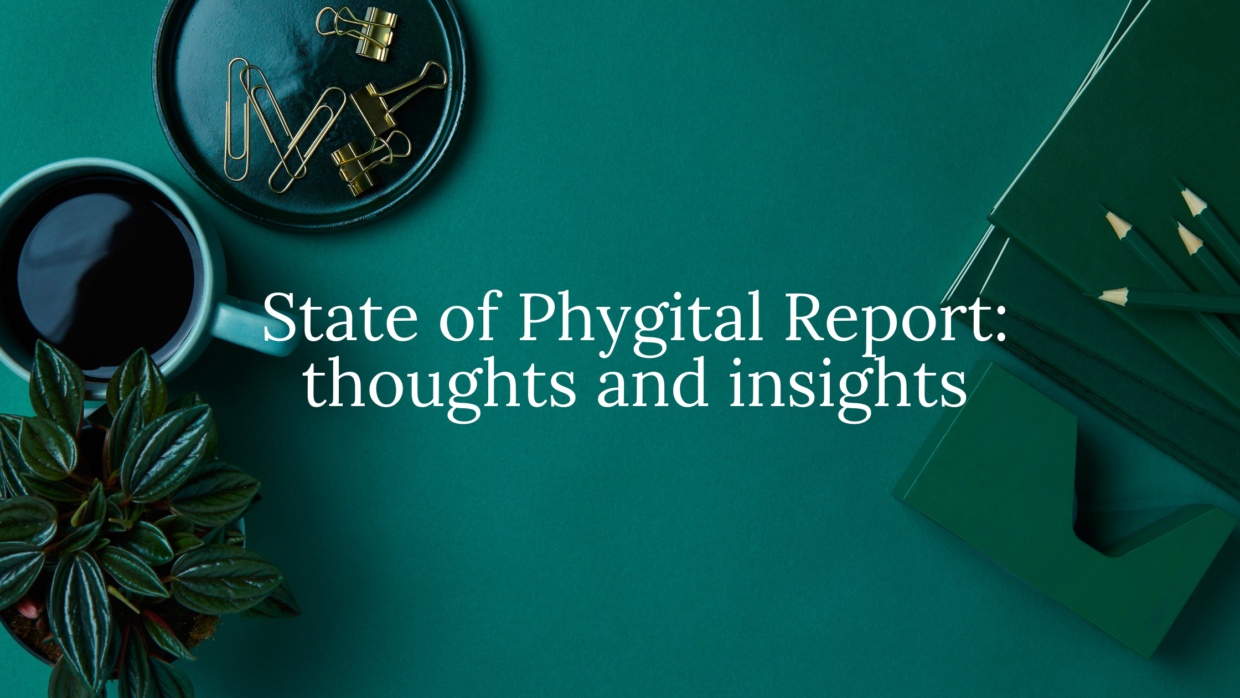OliverWyman Forum consultants released 100-page report for Senior and C-level management about how GenAI transforms the modern workforce, society and consumers’ habits. And it is a very exciting reading!
The authors interviewed 15,000 respondents in 16 countries during October-November 2023 and presented the report at Davos 2024 conference. The report provides both high-level picture of GenAI impacts but also go into details into regional, industry and generational differences for the current state of GenAI adoption and potential future.
Apart from the obvious things, like the speed of adoption (17 years it took for Internet to acquire the same amount of users that ChatGPT did in 10 months) and overall optimism of people about AI (96% of respondents of say generative AI can benefit their jobs), there are very interesting insights that were interesting for me to read.
Mass adoption ≠ mass productivity
The dramatic uptake in generative AI has been useful for many but hasn’t yet resulted in significant productivity gains across the board. Why?
Authors suggest that we may face what is called the productivity paradox (also the Solow computer paradox). It is the peculiar observation made in business process analysis that, as more investment is made in information technology, worker productivity may go down instead of up. This observation has been firmly supported with empirical evidence from the 1970s to the early 1990s.

Workforce pyramid disruption
While it is clear by now that entry-level jobs will be affected the most with GenAI adoption, there will be an another effect as well. As generative AI replaces some front-line roles, it will disrupt the pipeline of manager roles, akin to the “collapse of the middle” in the job pyramid. To simplify, the role of a front-line manager/supervisor may become obsolete as this role could be replaced with former “junior” employees.

Disconnect between employees and employers priorities
There is a clear difference between what employees and employers see what is important to learn today. My opinion on this discrepancy is following – AI adoption will happen as part of companies strategy, so employees will learn it how to use AI anyway. It will be just part of roles descriptions. But analytical and creative thinking is way harder to master than prompt engineering.




